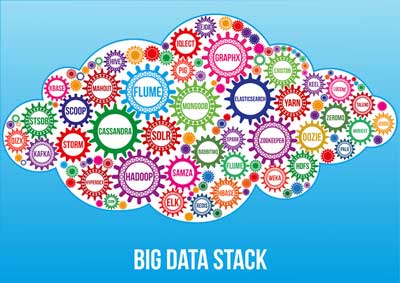- Advertising
- Bare Metal
- Bare Metal Cloud
- Benchmarks
- Big Data Benchmarks
- Big Data Experts Interviews
- Big Data Technologies
- Big Data Use Cases
- Big Data Week
- Cloud
- Data Lake as a Service
- Databases
- Dedicated Servers
- Disaster Recovery
- Features
- Fun
- GoTech World
- Hadoop
- Healthcare
- Industry Standards
- Insurance
- Linux
- News
- NoSQL
- Online Retail
- People of Bigstep
- Performance for Big Data Apps
- Press
- Press Corner
- Security
- Tech Trends
- Tutorial
- What is Big Data
MongoDB: The Freaky Patchwork Quilt of the Database World

MongoDB is one of dozens of NoSQL databases that are gradually taking over for relational databases as big data enters the world of business. Relational databases just can’t handle all the unstructured data required for modern data analytics—and NoSQL alternatives have lined up with offerings including MongoDB, Couchbase, HBase, Cassandra, and more recently, the likes of Flink, and other big data tools.
MongoDB is On Top, For Now ...
The great minds of the industry argue endlessly over which NoSQL database will emerge as the “winner.” All have strengths, each have weaknesses. As of this year, MongoDB is on top of the Gartner Magic Quadrant when it comes to NoSQL databases, with more than 10 million downloads and widespread adoption across industries. In fact, it’s rivaling some of the more traditional database options, particularly those proprietary databases.
MongoDB definitely has some advantages, including a strong query language, rich secondary indexes, flexible data models, both vertical and horizontal scalability, and solid in-memory performance. It’s useful for a variety of purposes, too, including databases to support mobile technologies, social data, geospatial applications, and other applications that demand real-time analytics.
Why Some Question the Long-Term Viability of MongoDB
But MongoDB has some disadvantages, as well, which have some industry experts questioning its long-term viability. Primarily, there are concerns over the piecemeal way that MongoDB came to be. MongoDB has been described as the “Frankenstein’s Monster” of databases—added to and chopped up and remade again and again. Can it overcome its questionable evolution to emerge as the clear winner among NoSQL databases?
One of the strongest concerns about MongoDB is its lack of a single, unified layer for data access. In reality, it has three: Query, MapReduce, and Aggregate. Each of these layers was added at different times, and in theory, endowed MongoDB with additional capabilities. But, as with most things that are piecemealed together rather than intentionally designed from the ground up, these layers are rather tangled. Even with the new management team in place, as of last year, there are some problems you need to know about before diving head-first into the MongoDB swimming pool.
Like most big data and analytics infrastructures, MongoDB has some gaping security holes. Many of these issues can be addressed through careful configuration, but you should still understand that it’s just not built for security from the ground up. Be prepared to add additional security layers and restrict assess to your database.
NoSQL DBs: Making the Right Decision for Your Big Data Plans

With MongoDB’s acquisition of WiredTiger, it is widely assumed that all of the concerns over scalability have been fully addressed. They haven’t. Even with WiredTiger, there are some inherent architectural issues with MongoDB’s scalability. There are some ways around these issues, but be prepared to address scalability problems if you have a need for increasing volumes of data over time.
If you are looking for a NoSQL database that offers the strength of MongoDB without the patchwork quilt of design issues, consider Couchbase. Some companies have scrapped MongoDB in favor of Couchbase with incredible results.
For all your big data needs, head over to Bigstep. We have the products you need to take on NoSQL, data analytics, and more. Get started here!
Readers also enjoyed:

NoSQL Performance Benchmarks Series: Cassandra



Leave a Reply
Your email address will not be published.